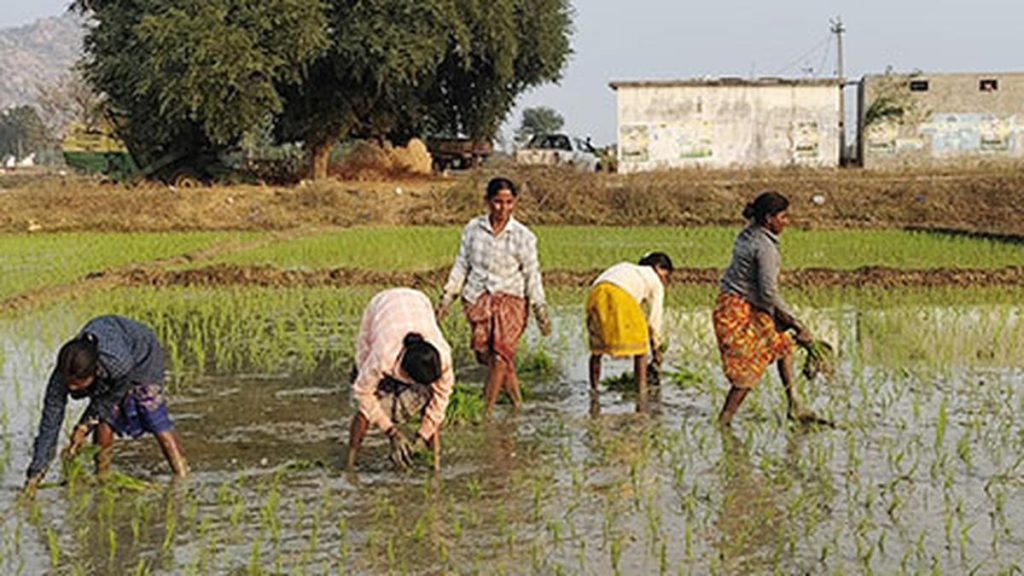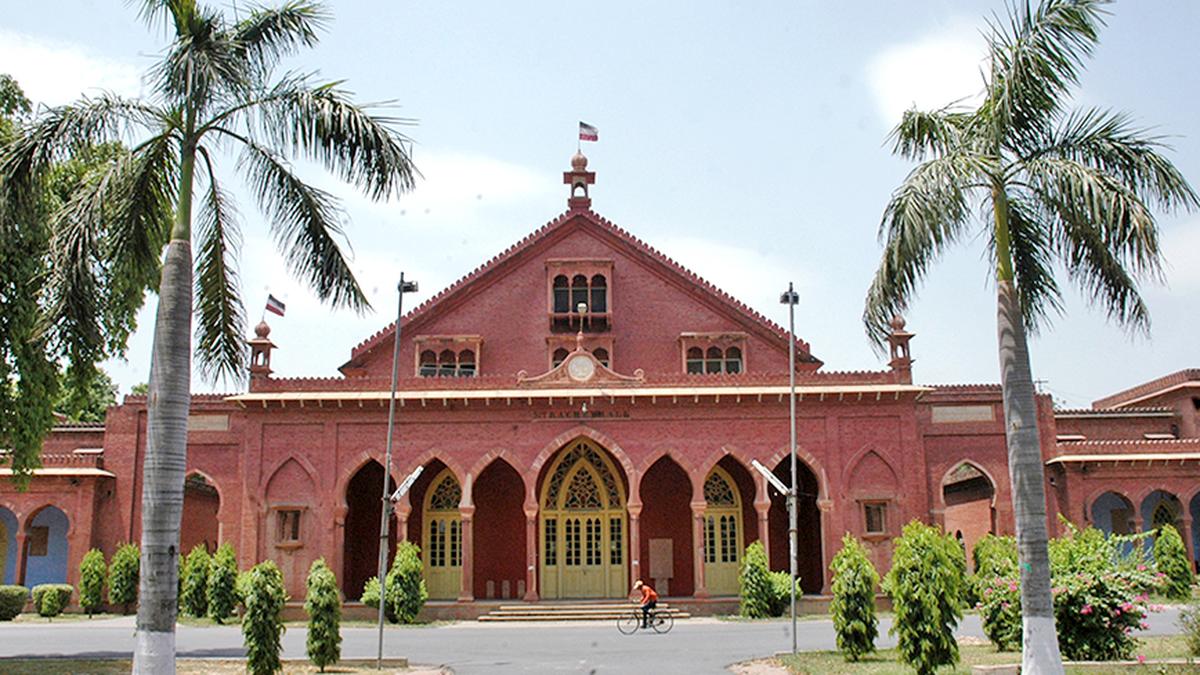Now Reading: Tamil Nadu Plans Artificial Recharge Shafts to Boost Groundwater Levels
-
01
Tamil Nadu Plans Artificial Recharge Shafts to Boost Groundwater Levels
Tamil Nadu Plans Artificial Recharge Shafts to Boost Groundwater Levels

Quick Summary:
- The Tamil Nadu Water Resources Department (WRD) plans to install 576 artificial recharge shafts across 23 districts to improve groundwater percolation and stabilize the water table.
- This initiative, costing ₹6.74 crore, targets over-exploited and critical blocks in districts such as Ranipet, Salem, Erode, Tirupattur, Vellore, Tiruvannamalai, Cuddalore, and Tenkasi.
- Recharge shafts will be installed at depths ranging from 10 m to 100 m near waterbodies or check dams to minimize evaporation loss and enhance recharge rates by up to 20%-30%.
- Tamil Nadu’s Groundwater Resource Assessment found that groundwater resources are over-extracted in many areas; extraction exceeds annual recharge capacity by over 100% in zones like Vellore and Dharmapuri.
- some districts without high extraction rates but with deteriorating water quality-like Ramanathapuram and Sivaganga-are included under this project.
- Expected benefits include replenished groundwater tables within a radius of up to 1 km from each shaft location; changes will be reflected in monthly assessments.
Indian Opinion Analysis:
The WRD’s large-scale initiative marks a meaningful step toward addressing Tamil Nadu’s critical groundwater depletion issues-a long-standing challenge aggravated by excessive urbanization and agricultural demands.By focusing on both volume restoration (through increased percolation) and quality stabilization (in deteriorated zones), this programme reflects sound prioritization underscored by technical data such as lithology studies of chosen sites.
While the projected recharge improvement rate of up to 30% is promising for alleviating some pressure on highly exploited aquifers like those in Vellore district (>130% extraction),practical outcomes depend heavily on timely implementation before monsoons arrive-a key factor determining success for rainfall-dependent interventions. Additionally, success in transforming critical blocks into safer zones could serve as a blueprint for scaling similar efforts nationwide where water stress persists.
Ultimately, this initiative is commendable for merging localized data-driven approaches with statewide policies but warrants ongoing monitoring post-completion against its stated goals of reversing over-utilization trends sustainably.
Read More: Source Link

























